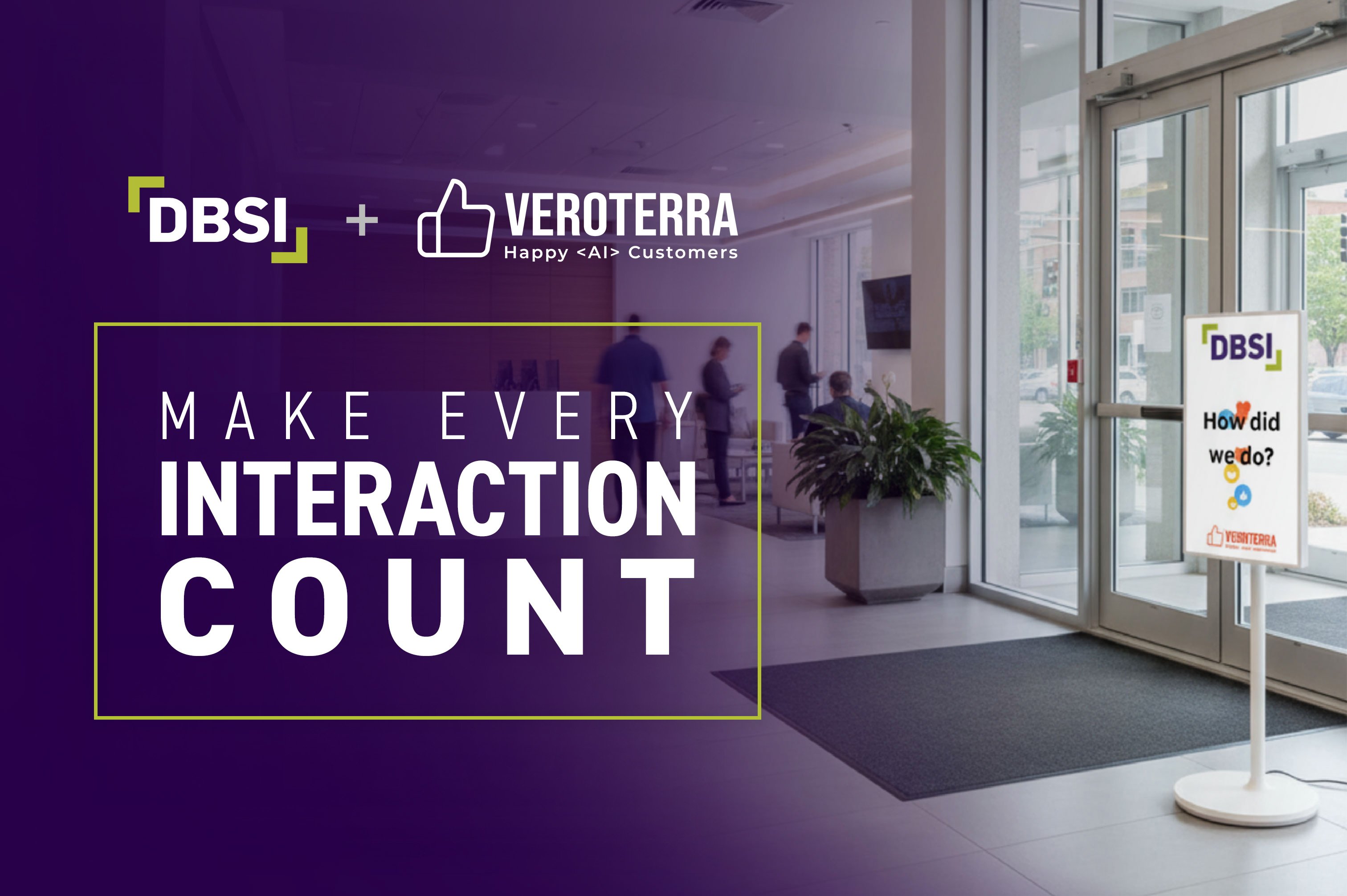2 min read
4 Simple Steps to Building a Realistic Branch Transformation Budget for 2023
Bruce Allen Eastwood : Aug 4, 2022

Transformation can be a lot of fun — but let's face it — budgeting season is not.
Especially under current economic conditions: in the latest Fortune/Deloitte CEO survey, more than 80% of CEOs surveyed expect inflation to influence or disrupt their business strategy within the next 12 months, surpassing labor and skills shortage from its previous top position but remaining a top disruptor for over half (59%) of CEOs.
When starting to plan for your Branch Transformation or Headquarters projects, one of the hardest tasks you'll take on is determining how much you need to reasonably budget for your project and what your final cost will be to ensure nothing is forgotten.
Sure, we like surprises as much as the next guy, but we'd prefer if they didn't come in the form of exceeding budget (or having to go back and ask for more money). Projects of this size and importance require you to get your budget right the first time — but first, what all goes into transformation that you need to consider?
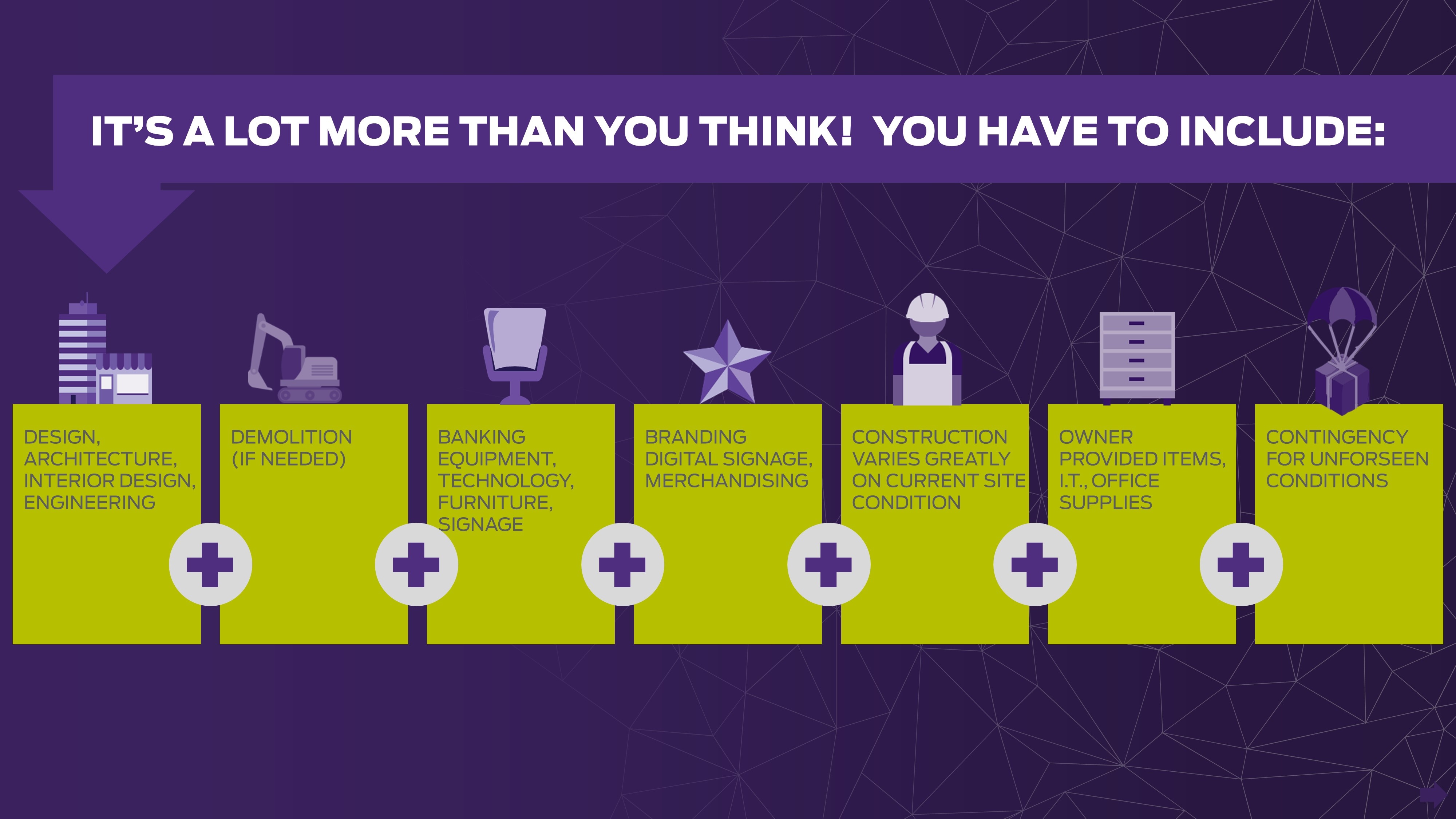
Yeah. It's a lot to take on. Typically, these seven key considerations that encompass the Design, Equipment, Construction, Tech and owner-provided items of your project will drive your all-in budget cost, which allows you to ask for the right amount — but how you create that budget specifically for your financial institution varies by situation.
We all know getting to that budget is important, but there's a few paths to get there. You may have a defined budget already, which means you can simply explain what's included and what's not — or, you can quickly get to a recommended budget based on like projects with these four simple steps!
STEP 1: SCOPE
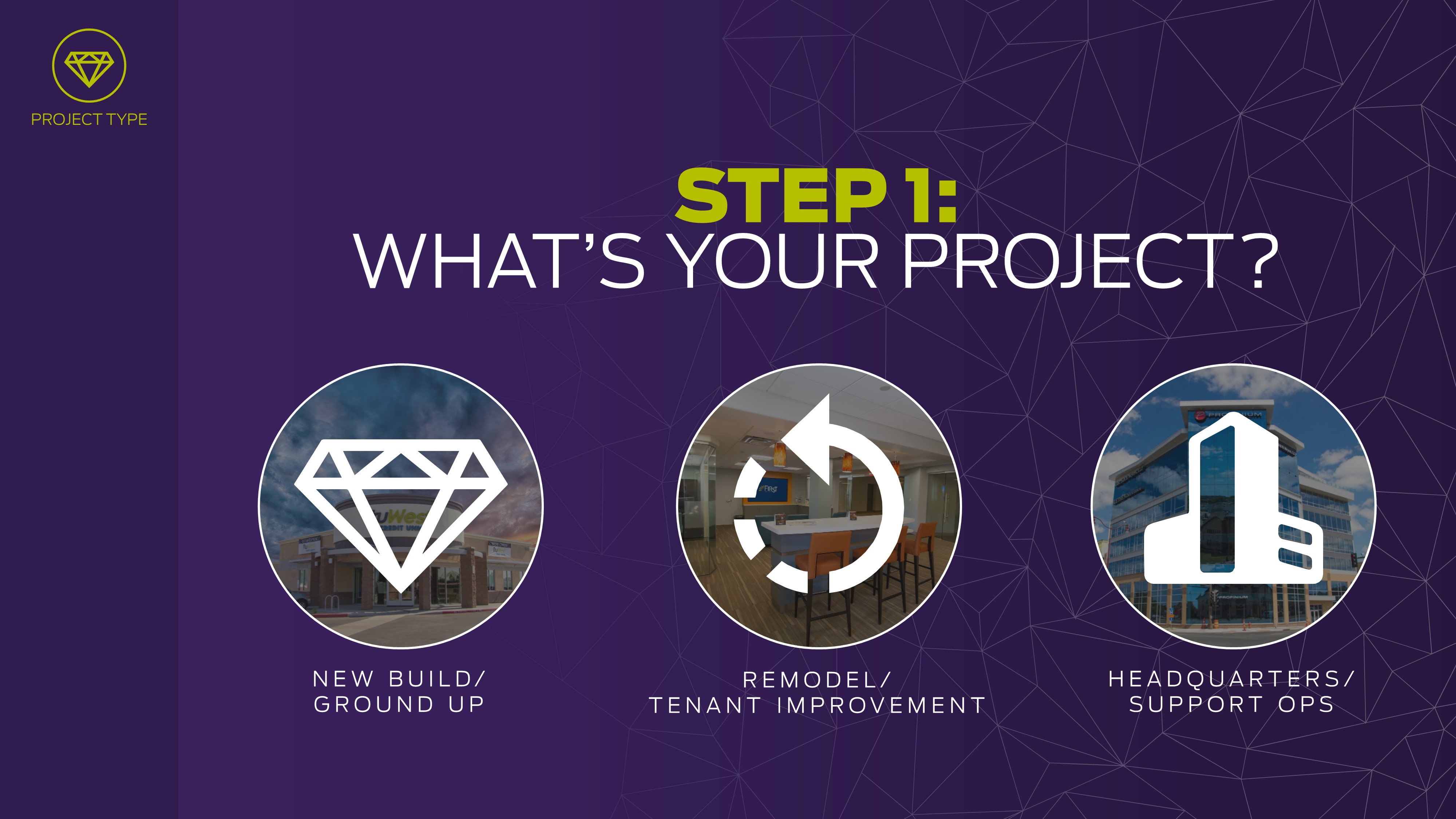
It all starts with the scope and understanding of your project. Simply determine if your project is a new build, remodel, or a Headquarters/Operations Center.
STEP 2: SIZE
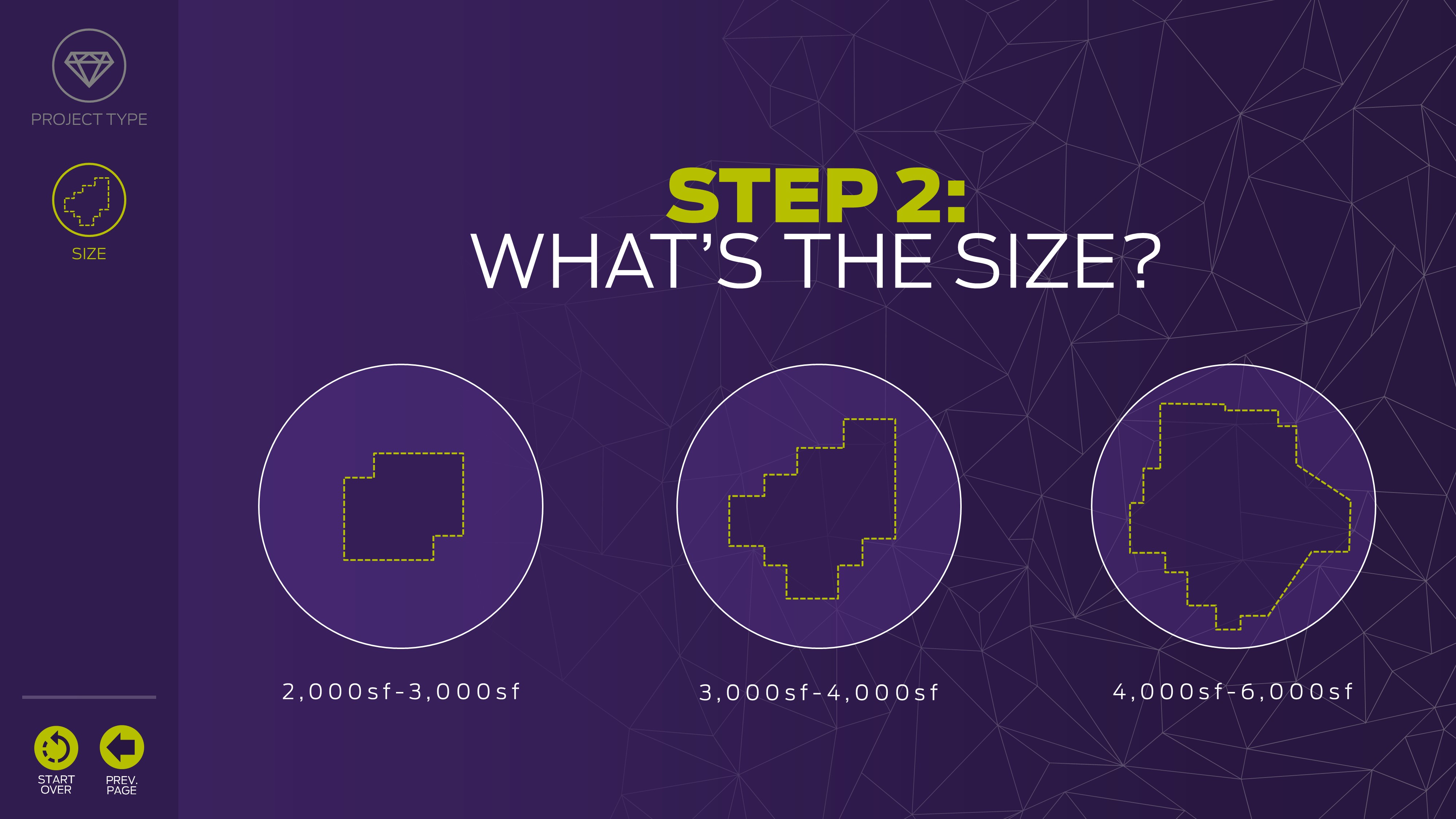
Size matters — and makes a direct impact on costs, as bigger spaces typically require bigger budgets. Instead of relying on industry standards to determine what the square footage of your project should include, derive the answer from your transformation strategy, desired client experience, and outcomes you expect for both clients and staff.
STEP 3: NET NEW OR RELOCATION
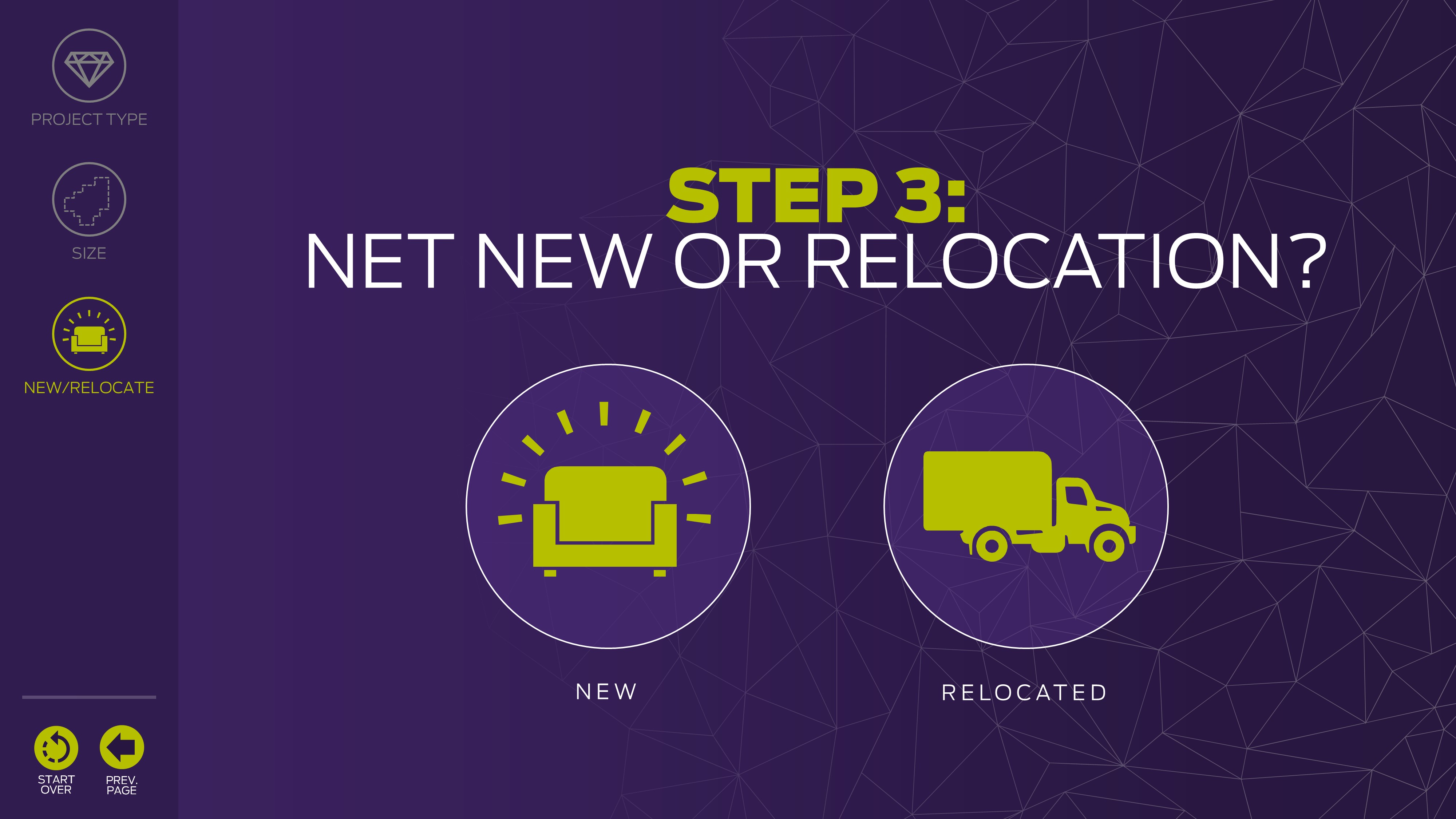
As you factor in your location, determine if you'll be starting fresh or relocating (a less expensive option if you're able to utilize your equipment and technology!)
STEP 4: DESIRED LEVEL OF FINISH
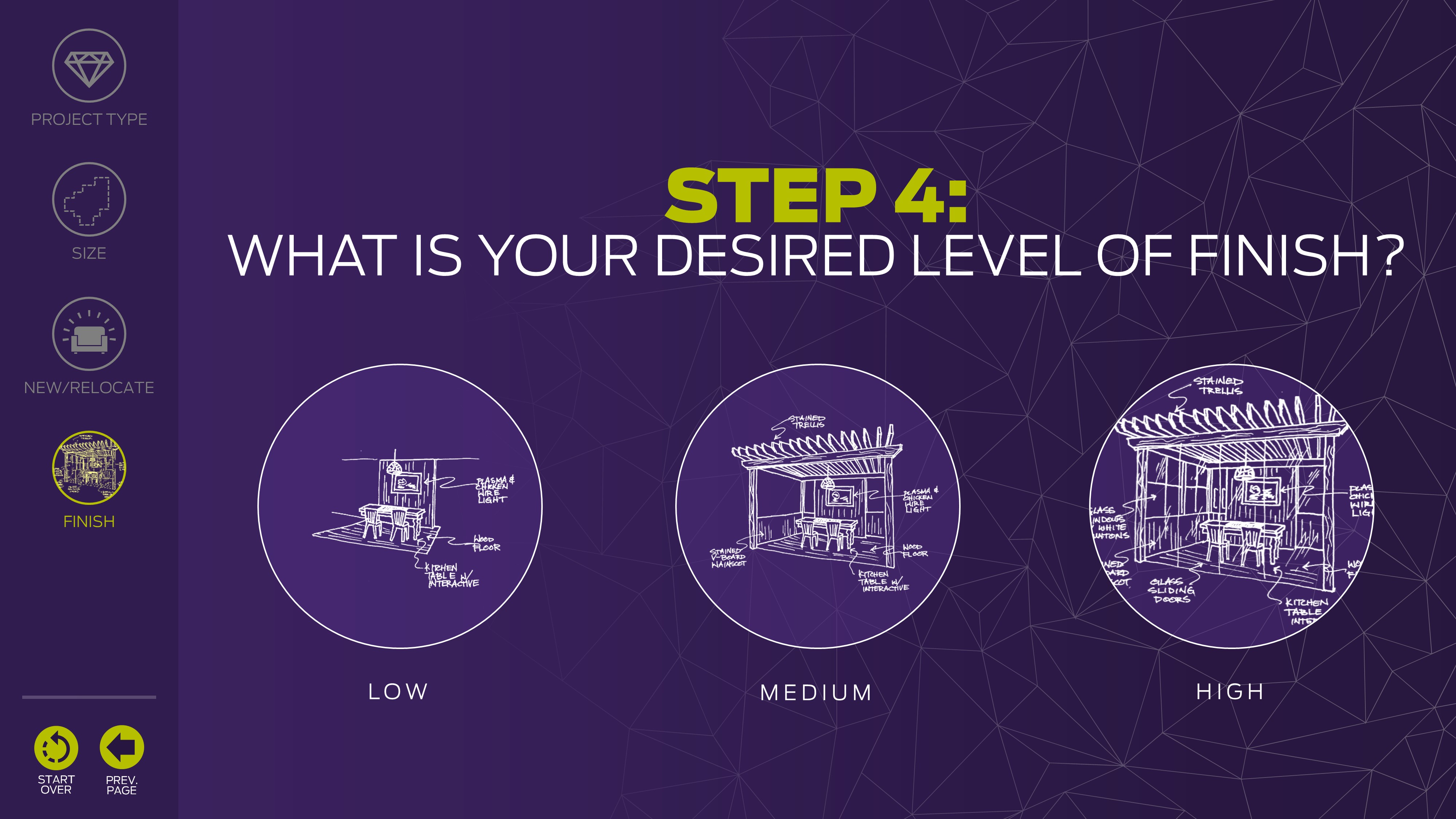
Finally, the level of finish is key — and it has a bigger impact to the budget than one might believe.
Though technology and equipment should be considered as well, these key choices should drive down overall cost and size necessity. What can come overall from these four steps is a solid budget and defined path to move you forward.
COST ESTIMATES
Once you have an idea of what your project needs to be completed successfully, you can start researching industry averages and pricing out the different products and services that you will need.
Start from the top of the list and work your way to the bottom, placing price averages next to every item on the list. Once your project plan, or scope of work, is completely priced out, everything can be added up to get a good idea of what you’ll need to budget for this upcoming project. And don’t forget to include some wiggle room — there is nothing worse than running out of money and having to go back to the board to ask for more.
Current industry averages for an all-in project (tech, equipment, design, construction, furniture, etc.) fall around:
- $600-$1,000/sqft if you are looking to build a new, ground-up branch or headquarters
- $500-$900/sqft for a branch or HQ relocation
- $400-$700/sqft for a complete remodel
- $300-$600 for a tenant improvement
Want more info? Download our 2023 budget planning guide, which includes all this plus a lot more, not to mention a fun summer pool party theme!

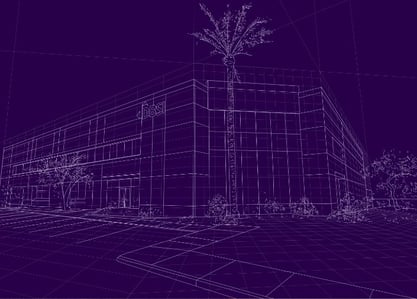












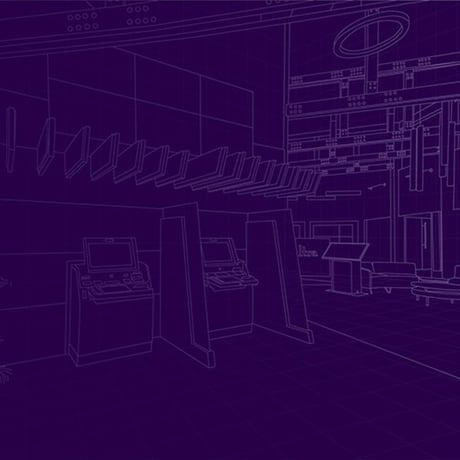
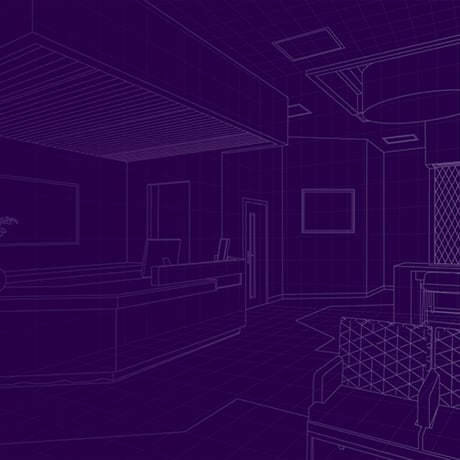

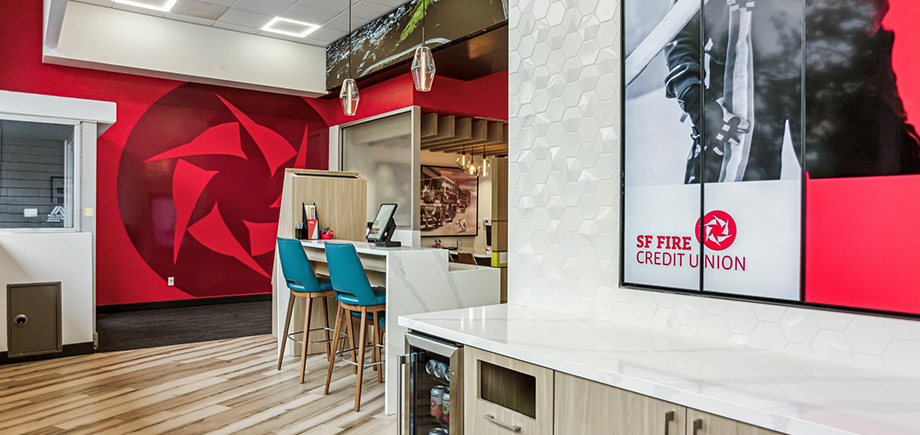
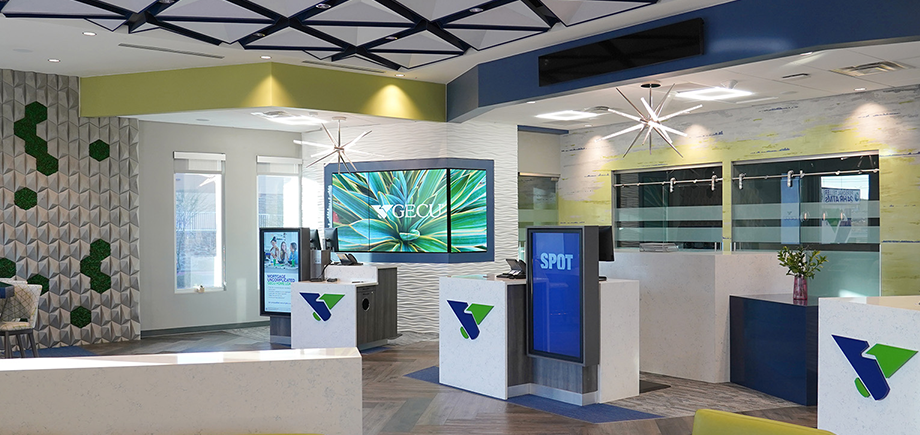





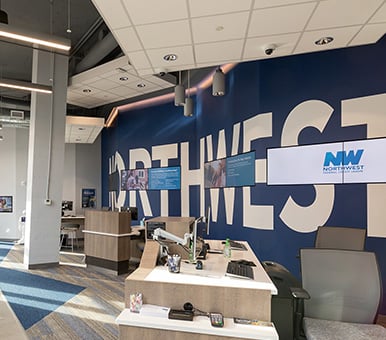
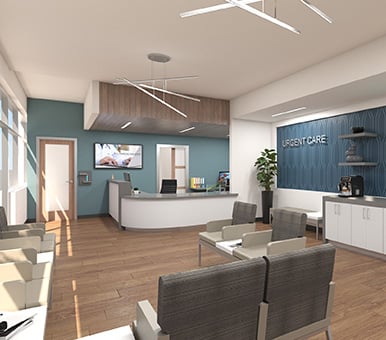






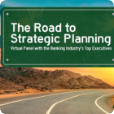
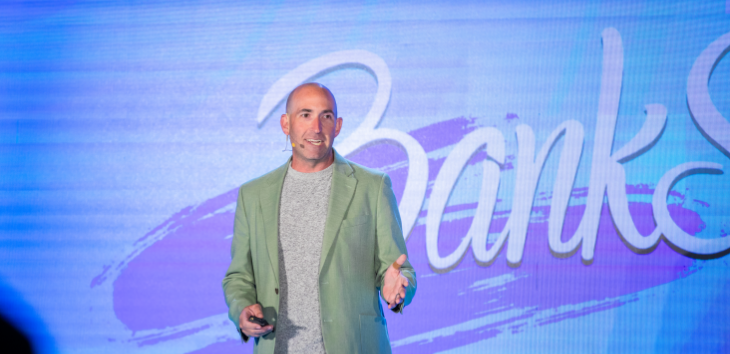

-1.png)
-4.png)
